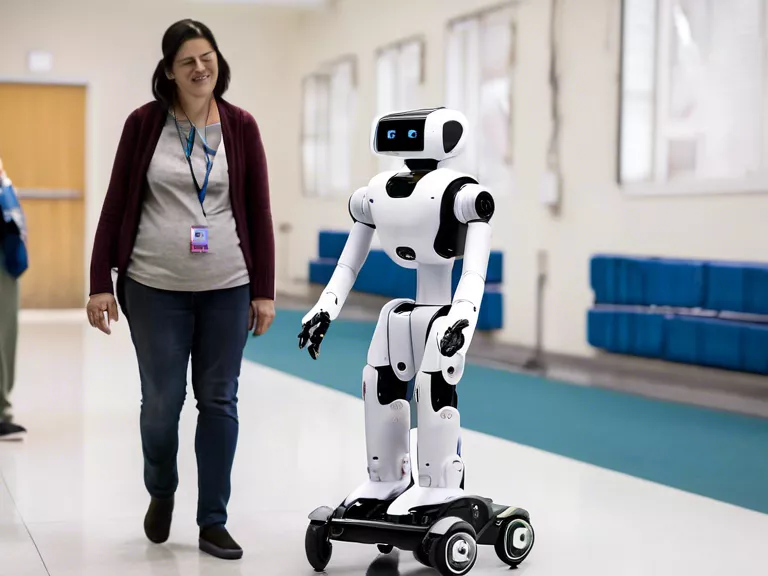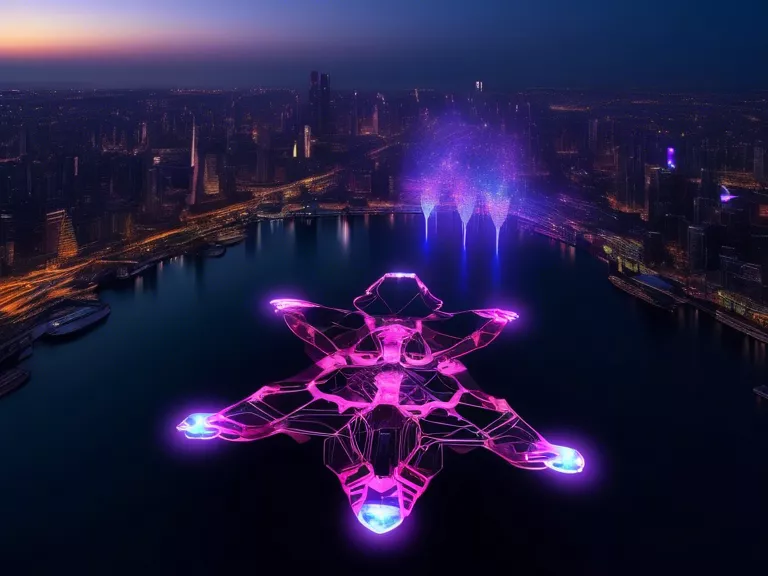
In recent years, the use of AI-powered delivery drones has increased significantly, offering a faster and more efficient way to deliver packages. One of the main challenges these drones face is navigating through complex urban landscapes safely. Thanks to advancements in AI technology, these drones are now equipped with sophisticated algorithms that allow them to navigate congested city streets with ease.
The key to safely navigating urban landscapes lies in the drone's ability to perceive its surroundings and make split-second decisions based on the data it collects. AI algorithms help the drone process information from various sensors, such as cameras and LiDAR, to create a real-time map of its environment. This map allows the drone to identify obstacles, pedestrians, and other potential hazards in its path.
Another crucial aspect of safe navigation is route planning. AI algorithms analyze traffic patterns, road closures, and other factors to determine the most efficient and safest route for the drone to take. This ensures that the drone can avoid congested areas, construction zones, and other obstacles that may impede its progress.
In addition to route planning, AI-powered drones also employ collision avoidance algorithms to prevent accidents. Using data from its sensors, the drone can detect and react to unexpected obstacles in its path, such as a bird or a tree branch. These algorithms enable the drone to adjust its flight path in real-time to avoid collisions and ensure safe and efficient delivery of packages.
Overall, AI-powered delivery drones are revolutionizing the way goods are transported in urban areas. By leveraging advanced AI algorithms, these drones can navigate complex city streets safely and efficiently, offering a faster and more reliable delivery service. As technology continues to advance, we can expect to see even more sophisticated AI-powered drones taking to the skies, reshaping the future of delivery services.



